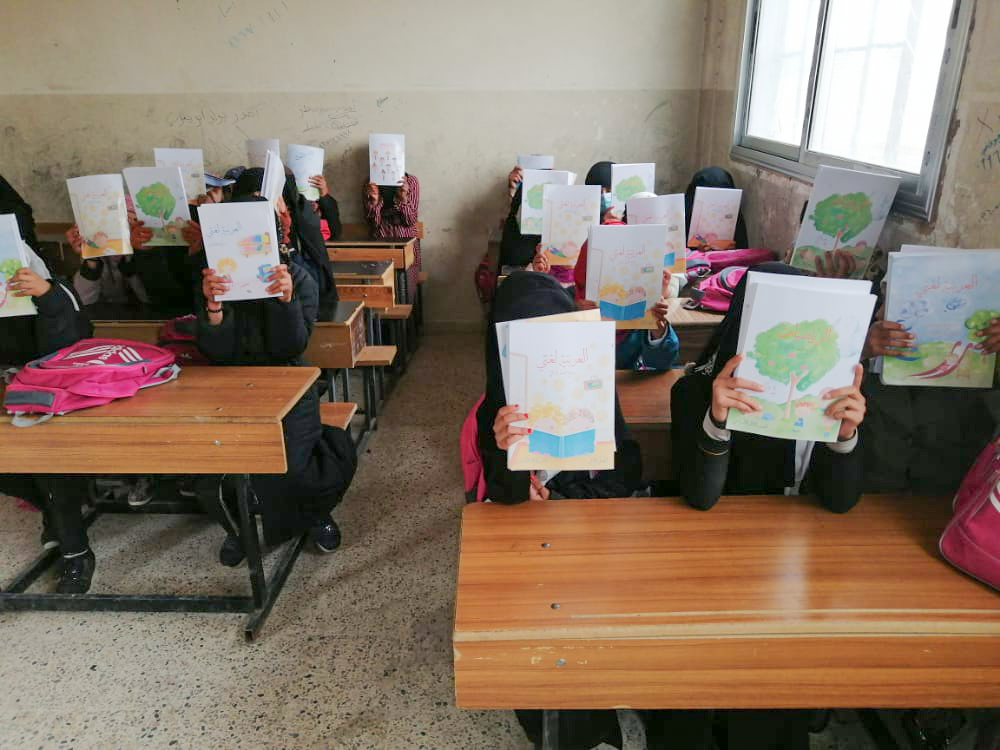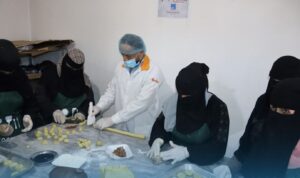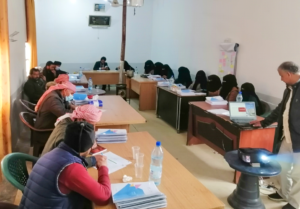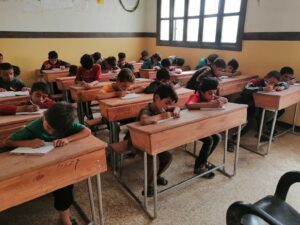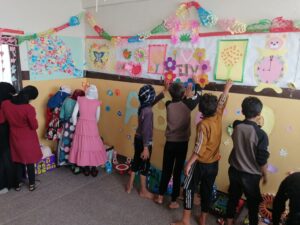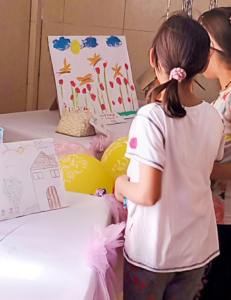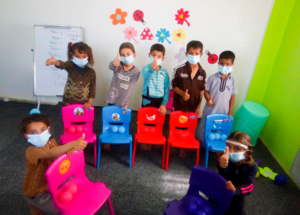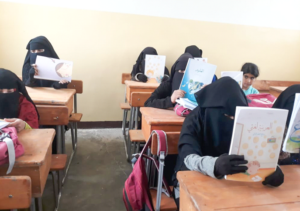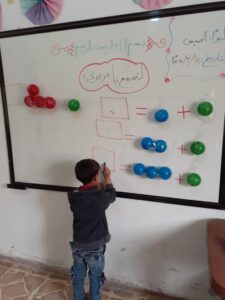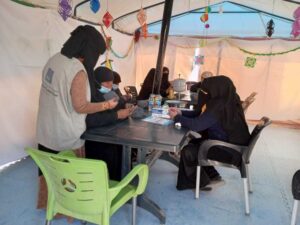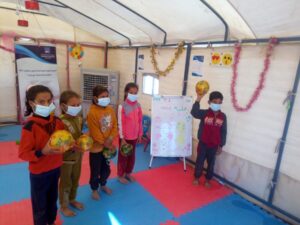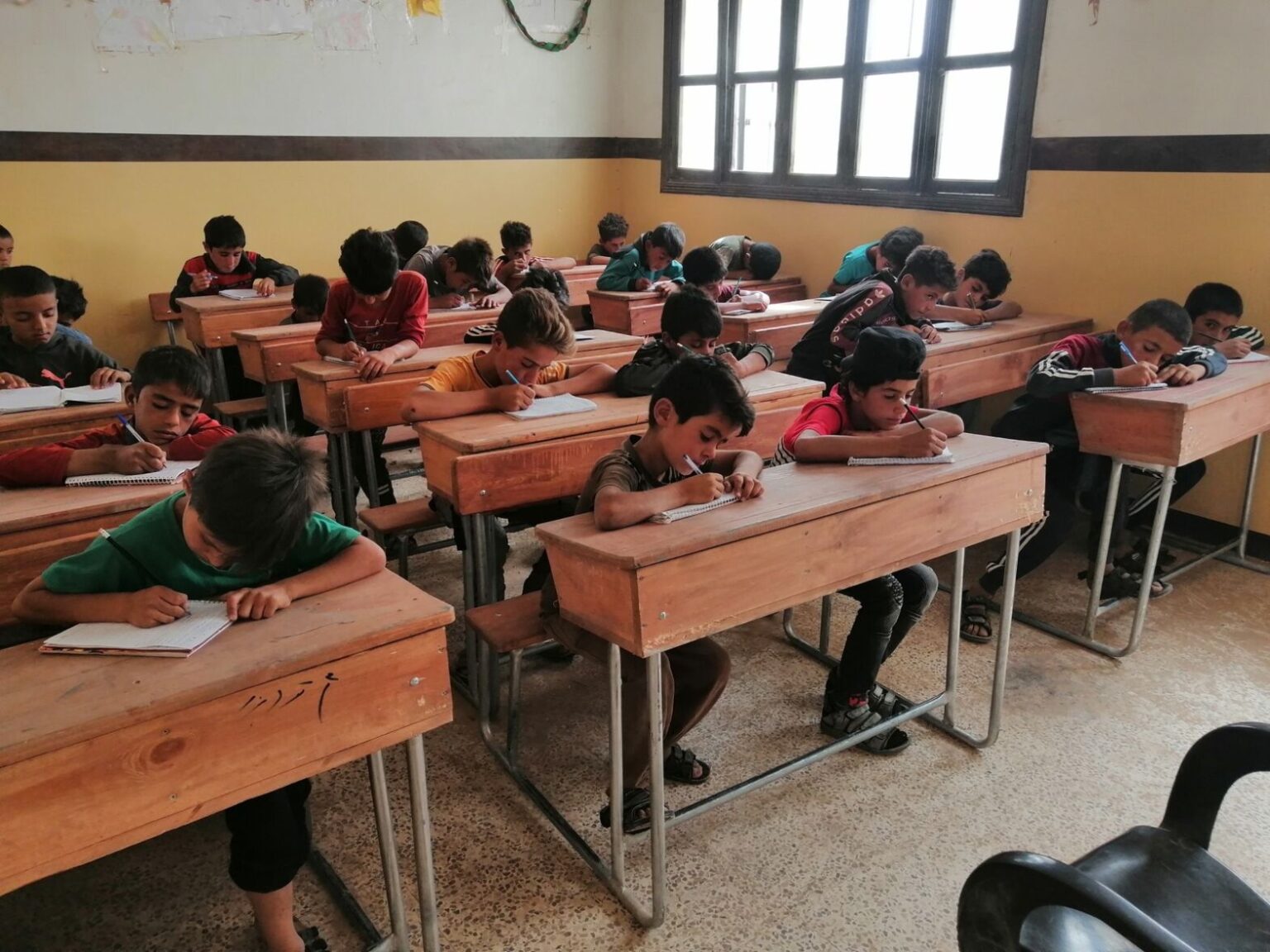
Education importance in IPV mission:
The crisis in Syria has taken a devastating toll on education; leaving over 7,000 schools damaged or destroyed and about 2 million children out of school. Many
of these children are the most vulnerable, including those recently displaced by
insecurity.
There is increasingly a generation of children that have never enrolled in school and
will face difficulties in enrolling and adjusting in formal schooling as they grow older,
impacting their longer-term development and opportunities. The combination of
displacement, lack of learning spaces, economic hardship and protection concerns
remain obstacles and barriers for the fulfilment of the right to education for children
in Syria. Those who are attending school face daily challenges of over-crowded
classrooms, the psychological scars of traumatic experiences, possible curricula and
language problems, inadequate quality of teaching and a lack of essential learning
materials. These factors place children at the increased risk of dropping out.
Almost one-third of those enrolled do not make it to the end of primary school. Syria
continues to be a complex operational context with significant challenges.
Education Sector Strategy 2023- 2026 :
- Strengthen education system by improving access and quality of education.
- Contribute to prepared and resilient education systems.
- response for all affected children and youth to re-integrate into the education
system. - Advocate for education as one of prioritizing in early recovery phase.
- Support the Youth technical and vocational education for more protective life
opportunities and increase the socioeconomic status for youth. - Literacy and numeracy for women and girls, who were forced to dropped out of
schools.
Education Sector objective:
- Improving access and quality of education through school rehabilitation (in addition to provision of prefabricated classrooms), teacher training, provision of accelerated learning programs such as Curriculum B that enables children who have missed out on years of education to catch up to their peers and re-integrate into the formal
education system. - Scale up safe and equitable access to formal and non-formal education for crisis affected children and youth (aged 3 – 17 years).
- Developing of learning programs for out of school children such as the Self
Learning Program serves to transition children with no access to formal education
back into the education system. - The provision of essential learning materials serves to address the critical lack of
education supplies and addressing economic barriers of parents for sending their
children to school. - Strengthen the capacity of the education system and communities to deliver a timely, coordinated and evidence-based education response.
6. Enhance and support youth technical and vocational education trainings in formal and non-formal settings. - Integrate education interventions with protection, skills and capacity development
and livelihoods support through a comprehensive school approach focusing on meeting the holistic needs of children both in school and at the community level.

